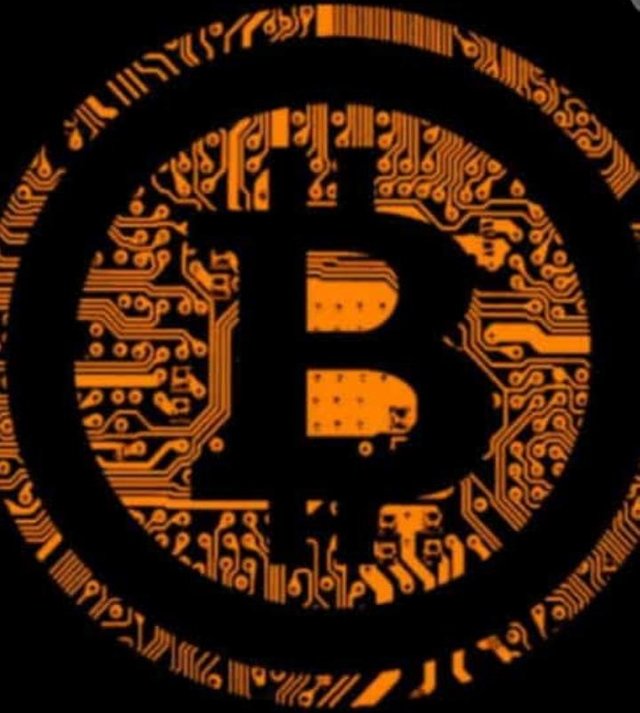Coins are any cryptocurrency that has a standalone independent blockchain (Bitcoin, Ethereum, XRP, …). A crypto coin is a crypto asset (crypto asset refers to all kinds of cryptos) that has its own blockchain, as opposed to running on another crypto asset’s blockchain. You could also call a crypto coin a cryptocurrency or a “native token” (confusing, we know) - the underlying idea is that the asset has its own blockchain. A Сoin is an underlying product of blockchain technology, e.g.: Bitcoin, XRP, Dash, Monero, etc. The blockchain is completely transparent, self-regulated, and maintained due to consensus mechanisms, such as Proof-of-Work or Proof-of-Stake.
Coins are usually termed as altcoins - coins that are alternative for Bitcoin & they all are tagged under one category - cryptocurrencies! Tokens are assets that act even as a payment method but within the concerned project by internal token passing and it holds a value! A token holder gets the right to participate in the concerned event but a coin holder might not get that advantage. “Altcoins” and “coins” are used interchangeably in the community. Bitcoin is a coin, and any coin other than Bitcoin is considered an altcoin, even the so-called tokens! But essentially, “coins” have their own independent blockchain where their own transactions live. Any Bitcoin fork or any coin derived from the Bitcoin protocol is considered a(n) (alt)coin. For example, Litecoin is not operating on the same blockchain like Bitcoin, making it a coin operating on its own independent blockchain. Bitcoin Cash is a so-called fork of Bitcoin, which means until the chain split that gave birth to Bitcoin Cash they share the same transaction history, but since the fork, they are both independent blockchains. But there are also coins that have a completely different protocol than Bitcoin’s such as Ethereum.
Bitcoin is the first and most valuable coin in cryptocurrency that is based on blockchain technology. Blockchain is the underlying technology of these coins, which gives them transparency while reducing the risk of fraud. After Bitcoin, many other coins came into existence, some based on Bitcoin’s original protocol, and some build on their own blockchain. Litecoin and Namecoin are two examples of such coin which was built on Bitcoin’s protocol, whereas altcoins such as Ripple and Monero operate on their own blockchain.
These token offering companies need to register on the exchanges even if you received many such tokens, in short, a token must hold real value and act like an assured asset for encashing in later stages using such exchange platforms. In fact, the name “Token” speaks for itself. This is not a Coin, it is just a conventional functionality unit created according to the existing blockchain standards, like ERC20. In other words, the company issues a contract on an external Blockchain (like Ethereum) that serves as fuel for in-platform operations. Commodity tokens (Digix, El Petro). These tokens are backed by real-world commodities, whether it is gold, silver, or oil. The rate of these tokens depends on the rate of commodity backing. Protocol tokens (Gnosis, Stellar). These are cryptographic pieces of code required for access to protocols that a certain service utilizes, like building DApps or Decentralized exchanges for Ethereum. Security tokens (Tezos, Polymath). These tokens act as a company’s share. Basically, with these tokens, you may own a part of the company, like in a stock market. Utility tokens (AWC, Golem). These tokens provide access to certain features of a service issuing ones. For example, AWC is a utility token of Atomic Wallet used for bounty campaigns and signups. You can hold it to use for the wallet’s upcoming features or trade it on IDEX. Collectible tokens (Cryptokitties, RarePepe). These tokens represent a virtual collectible unit, like baseball cards, adorable kitties, or memes. But on the blockchain.
And so if a coin (otherwise known as a cryptocurrency or native token), has its own blockchain, a token is the opposite: it runs on another blockchain. The best-known example of this is the ERC20 token, which is any token that uses the Ethereum blockchain. Tron is a good example of a popular (former) ERC20 token. The Tron network now has its own native token, after the release of its main net (its own Tron blockchain). Other popular tokens include Tether, Chainlink, and Basic Attention Token. For example, Basic Attention Token (BAT) is used in the Brave web browser ecosystem. Advertisers pay publishers with audiences in BAT, audience members receive BAT for viewing advertisers’ ads, and audience members can use that BAT to donate to publishers or keep the BAT for themselves. Non-fungible tokens (NFTs) - NFTs represent things that are unique like art, baseball cards, and in-game items (think “virtual real estate” or unique virtual pets).
Tokens occupy a unique corner of the cryptocurrency market where they function as “utility” tokens within an application’s ecosystem for

incentivizing certain behavior or paying fees. For example, the popular ERC-20 token Dai is part of the MakerDAO app on Ethereum. MakerDAO is a way for users to access credit instruments like lending/borrowing using Dai, which is designed to be stable. ERC-20 tokens like Dai can be exchanged for any other ERC-20 token or other Ethereum-based standards (i.e., ERC-721), including the ETH coin. Coins need to be exchanged with each other through cryptocurrency exchanges because they are built on different, non-standardized code protocols. Conversely, tokens on Ethereum (e.g., ERC-20) can be exchanged through internal applications amongst each other with minimal friction because they are built on standardized code protocols.